ORGANIC CHEMISTRY
Course Code: CHE-05
Assignment Code: CHE-05/TMA/2019
Maximum Marks: 100
Note : Question number Q13,Q15,Q17, are not solved in this solution
| Title Name | CHE-05 CHEMISTRY Solved Assignment 2019 |
| University | IGNOU |
| Service Type | Solved Assignment (Soft copy/PDF) |
| Course | BSC (CHEMISTRY) CHE |
| Language | ENGLISH |
| Semester | 2018-2019 Course: BSC (CHEMISTRY) CHE |
| Session | 2018-19 |
| Short Name | CHE-05 (ENGLISH) |
| Assignment Code | CHE-05/TMA/2019 |
| Product | Assignment of BSC (CHEMISTRY) 2018-2019 (IGNOU) |
| Submission Date | Valid from January 1, 2019 to December 31, 2019 |
| Price | RS. 100 |
a) Give the IUPAC names of the following compounds:
i) CH3COOCH2CH2CH3 (1)
ii)
C2H5 C O C CH3
O O
(1)
iii)
CH2OH
(1)
b) Write the structures of the following compounds:
i) N-ethyl-N-methylmethanamide (1)
ii) 4-Nitro-N-phenylethanamide (1)
2. a) Explain the following giving sui
4
5. Explain why a tertiary carbocation is more stable than secondary carbocation which in turn,
is more stable than a primary carbocation.
(5)
6. a) How would you prepare an alkane/a cycloalkane from the following? (Give only one
example).
(3)
i) Alkyl halide
ii) Carboxylic acid
iii) Hexanedioic acid
b) Explain the following: (2)
i) In the mass spectra, alkanes give a series of peaks separated by 14 mass units.
ii) Hydrohalogenation is a regiospecific reaction.
7. a) An alkene having molecular formula C6H12, on ozonolysis yielded butanal and
ethanal. What is the structural formula of the alkene? Give equation for this reaction.
(2)
b) Explain Markonikoff’s and anti-Markonikoff’s rules with suitable examples. (3)
8. a) How would you prepare (2)
i) 1,2-dibromobutane from 1-butyne, and
ii) 1-propyne from 1-propene?
b) Explain the following: (3)
i) In the NMR spectrum, the value of alkenyl protons is higher than those of
alkynyl protons.
ii) Addition of water to an alkyne does not give a diol.
iii) Reduction of an alkyne in the presence of sodium metal gives a trans alkene.
9. a) What is resonance energy? Explain by taking the example of benzene. (2)
b) Explain the following: (2+1)
i) In the electrophilic substitution reactions, 1-position of naphthalene is
more reactive than its 2-position. (Draw all possible resonance
structures).
ii) Chlorination of ethylbenzene gives 1-chloro-1-phenylethane as the major
product.
10. a) Compare the basicities of pyridine and pyrrole. (2)
b) Give the chemical equations of the following reactions: (3)
i) Condensation of methanal and ethanal in the presence of ammonia
ii) Paal-Knorr reaction
iii) Friedel-Crafts acylation of azole.
5
11. a) Which member of the following pair would undergo a faster SN1 reaction?
Br
Br
or
Explain your answer.
(2)
b) Complete the following reactions. If more than one product is formed which
one is the major product?
(3)
i)
H2C Cl
Cl
C2H5ONa
C2H5OH
…………..
(1)
ii)
CH3
Cl
C2H5ONa
C2H5OH
…………..
(1)
12. a) Arrange the following compounds in the order of their increasing solubilities in water. (3)
i)
H3C CH3
ii)
HO OH
iii)
H3C OH
b) How will you prepare 2, 4, 6-trinitrophenol starting from phenol? (2)
13. a) Using Williamson ether synthesis, how would you prepare following ethers? (3)
i)
O
C2H5
ii)
CH3
CH3
H5C2 O CH3
b) By taking a suitable example, write the mechanism of the reaction of a thiol with an
alkyl halide. Explain why thiols react more rapidly than open chain ethers.
(2)
14. a) By taking a suitable example, give one laboratory test which is commonly used for the
detection of aldehydes and ketones. Write the names of two reagents used for
distinguishing between aldehydes and ketones.
(3)
b) Write chemical reactions for following name reaction: (2) (2)
i) Benzoin condensation
ii) Gattermann synthesis
6
15. What is Fischer esterfication? Explain its mechanism. (5)
16. a) Explain the following:
i) Lactones (1)
ii) Zwitter ion (1)
iii) Lactam (1)
17. Complete the following reactions: (5)
i)
RCOCl …………..
H2Pd-BaSO4
quinoline
ii) Ethanoyl chloride + propanol N(CH2CH3)2 ……………
iii) CH2 = C= O + RCOOH .…………..
iv) RCOOCOR + R’ OH ………. + …………..
v)
CH …………..
3COOCH2CH3
+ H2
Copper chromite
523 K
18. a) Explain Henry reaction using aliphatic and aromatic aldehydes. (2)
b) How will you prepare 1,4-dinitrobenzene by starting with benzenamine? (3)
19. a) Explain isocyanide reaction and its importance. (2)
b) Give examples of the following reactions: (3)
i) Gattermann reaction
ii) Gomberg – Bachmann reaction
iii) Schiemann reaction
20. a) Explain mutarotation in glucose by drawing suitable structures. (2)
b) Define the following for oils and fats:
i) Acid value ii) Saponification value iii) Iodine value.
(3)
CHE-05, CHE-5, CHE 05, CHE 5, CHE05, CHE



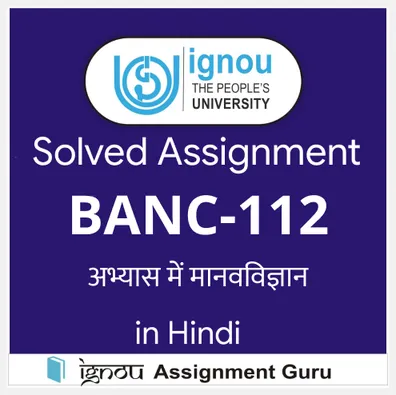

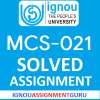

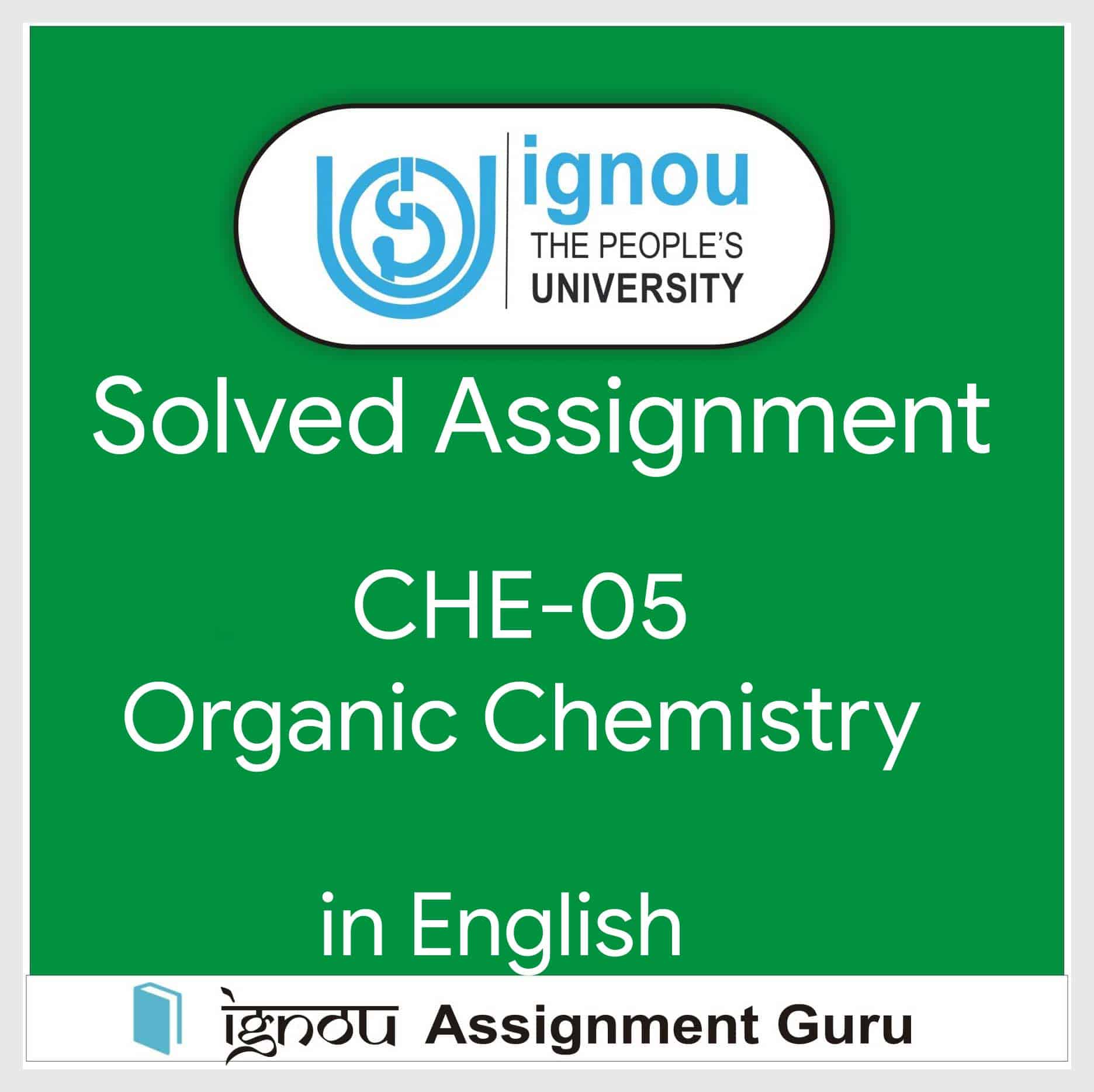
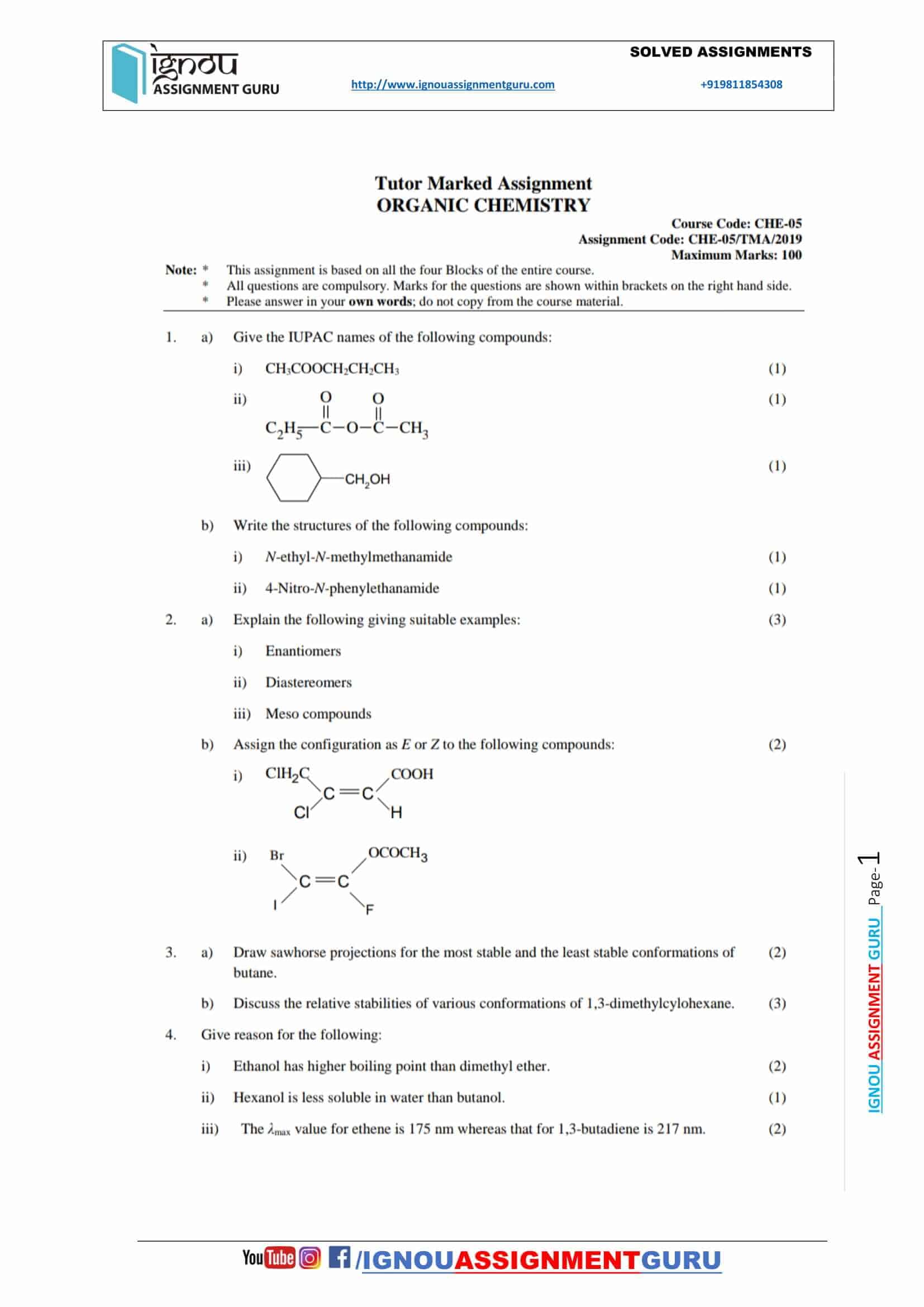
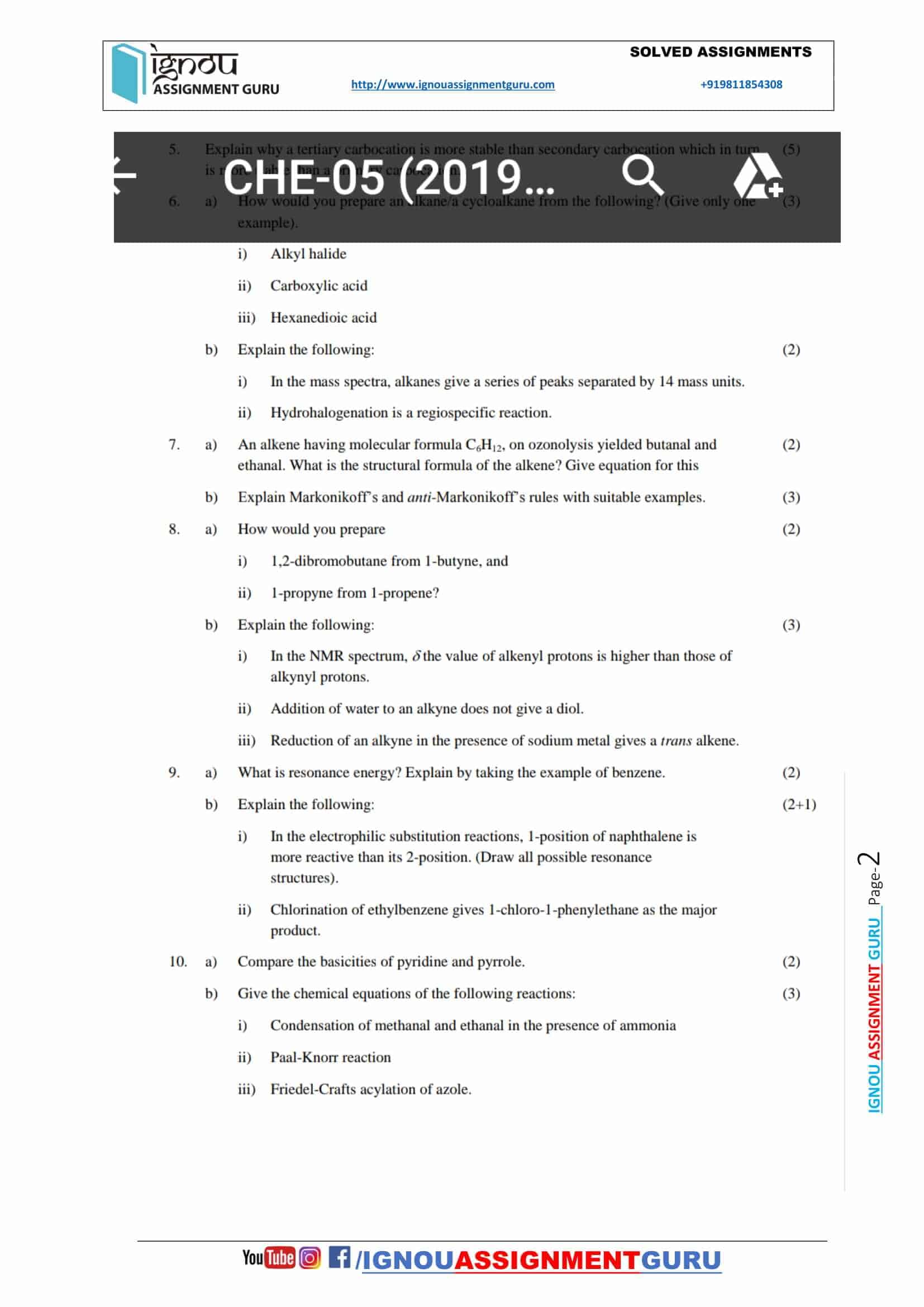
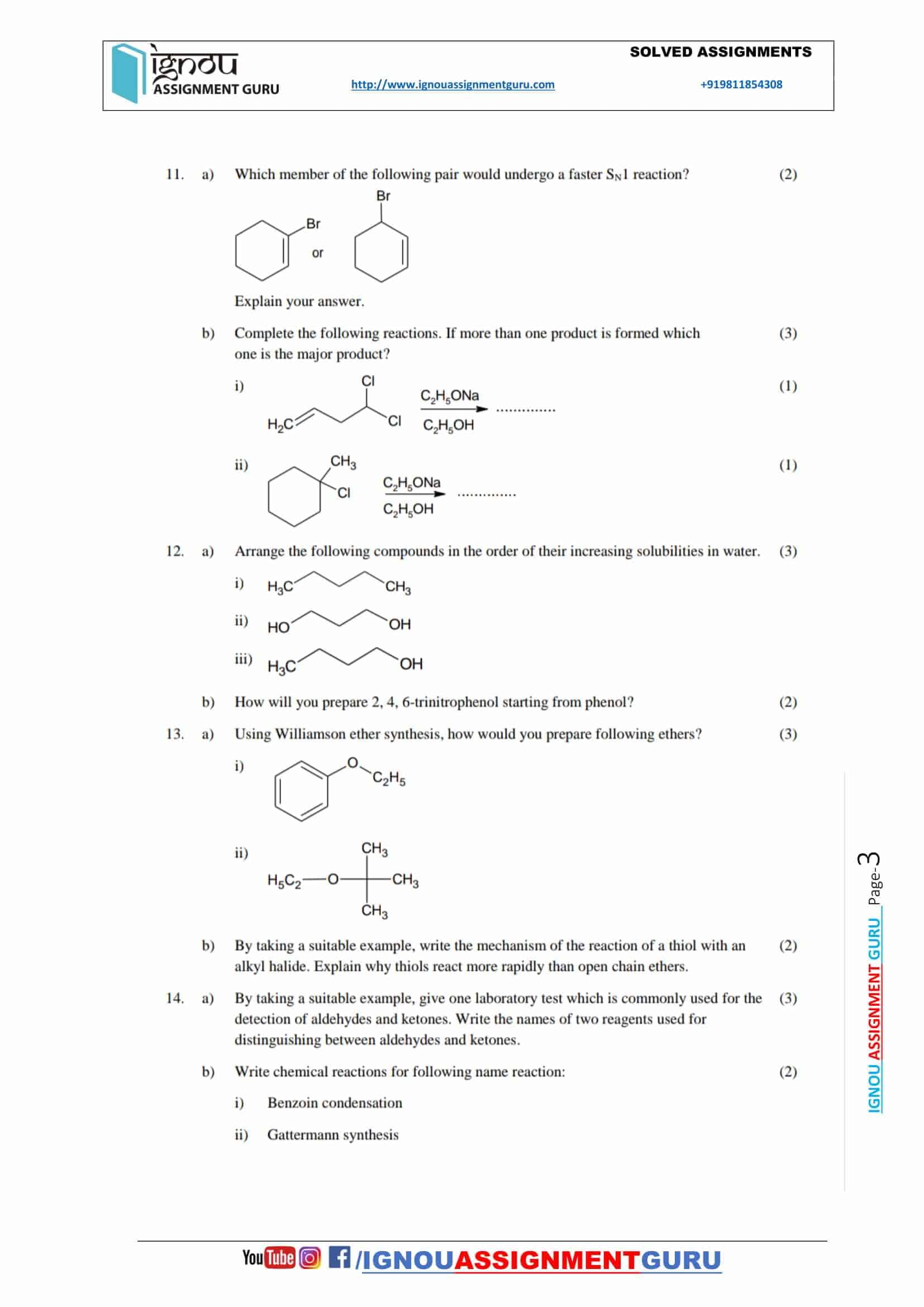
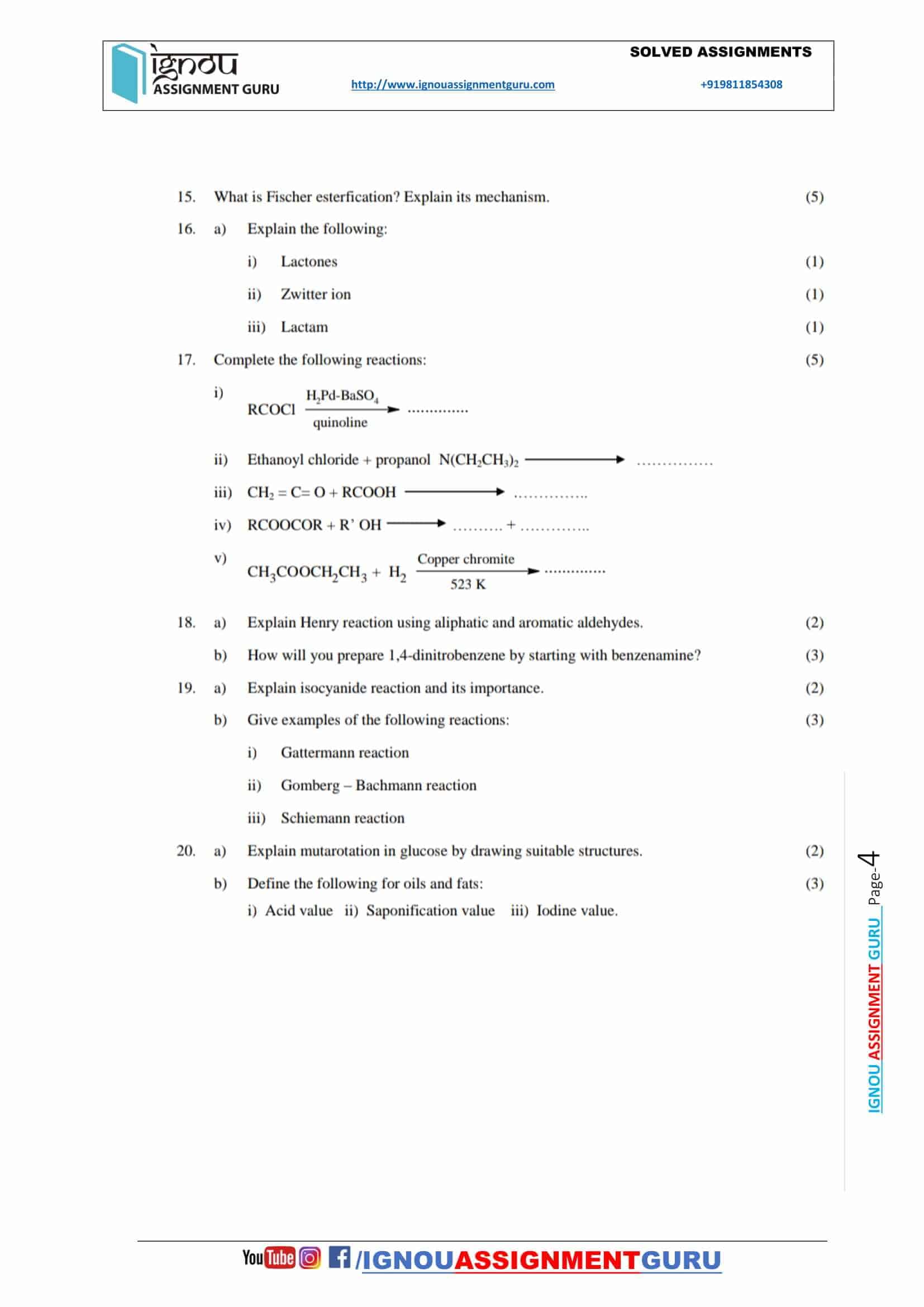
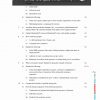
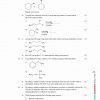
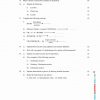

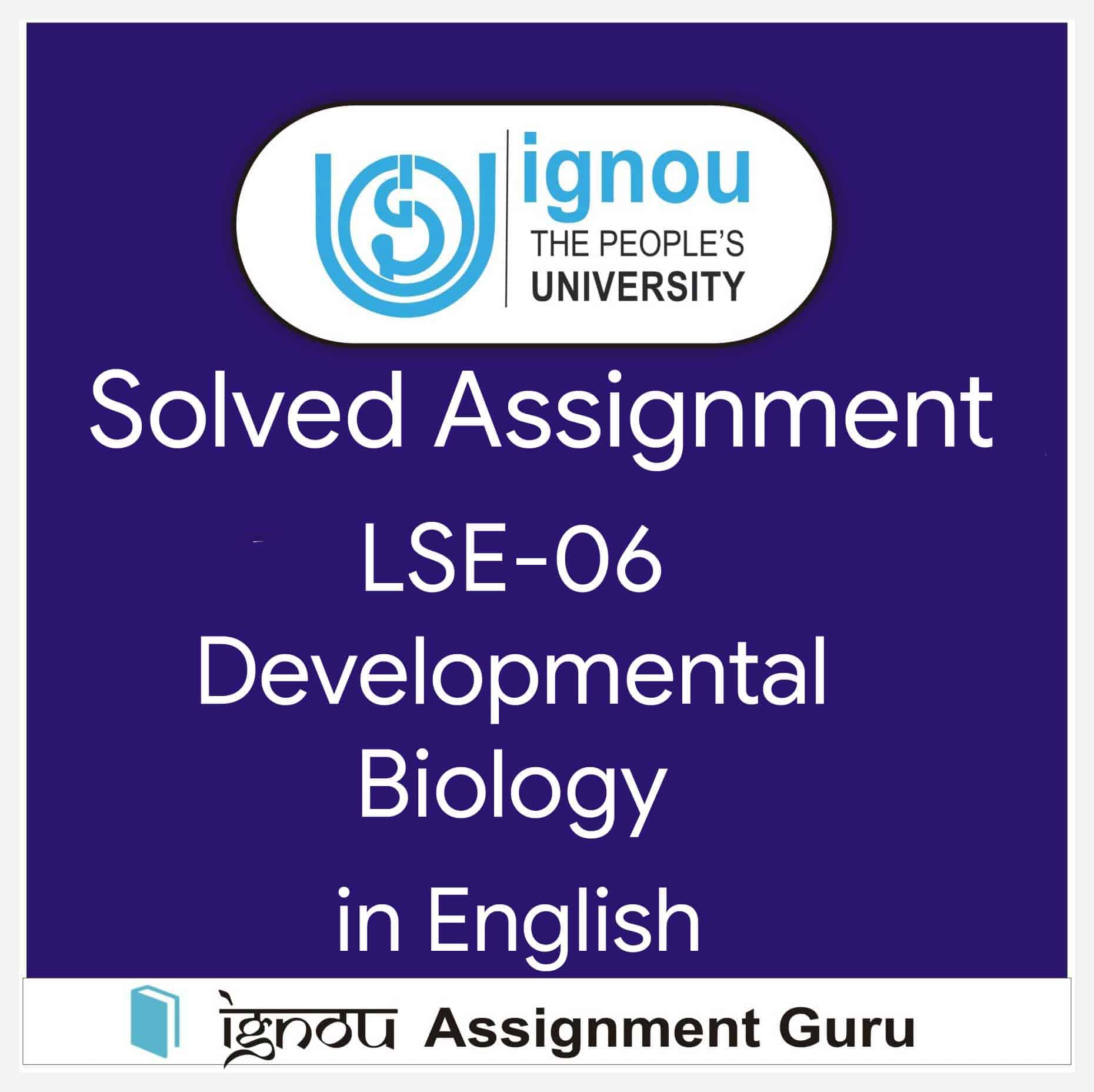
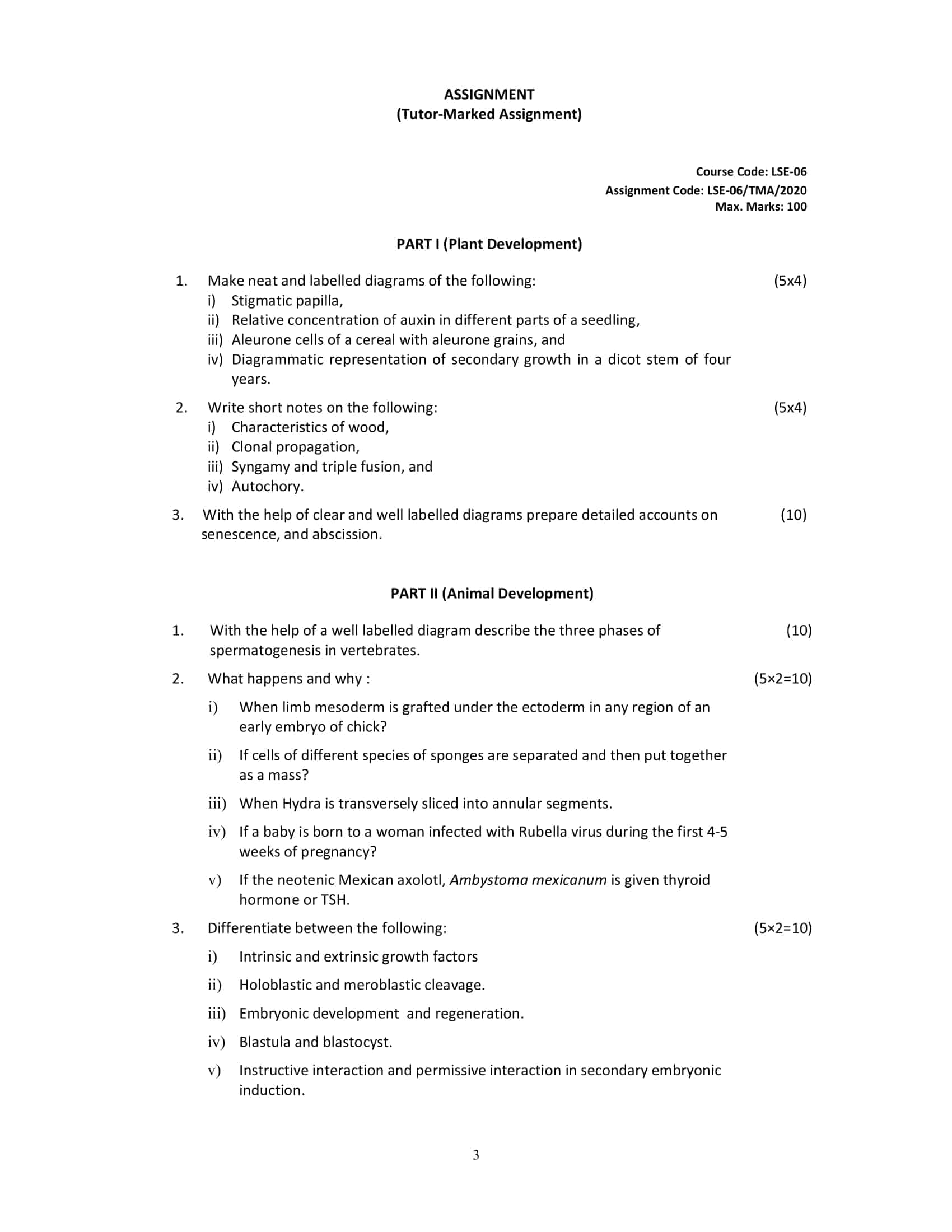
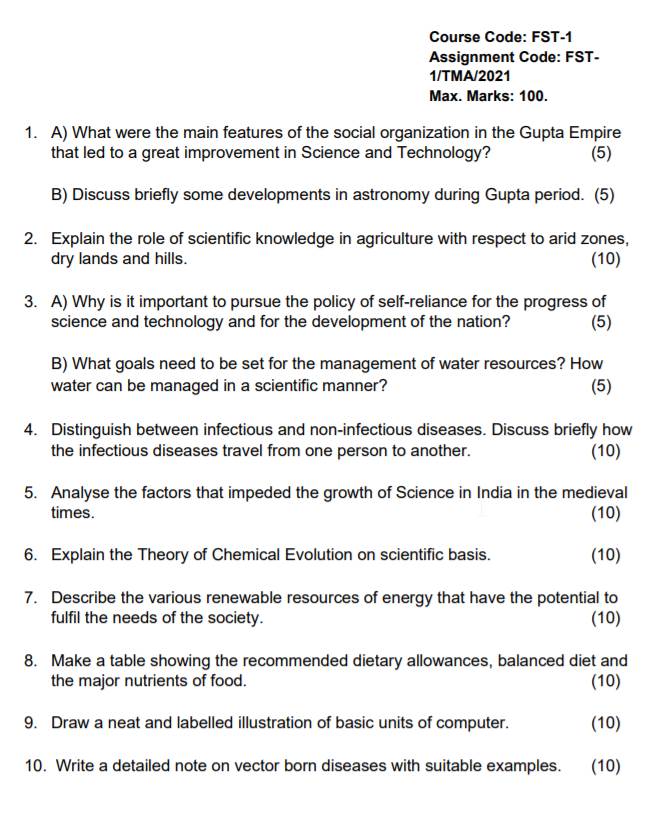

payalneemwal –
plzz send me chem 5 assignment
Rishabh Singh –
CHE 05 assignment